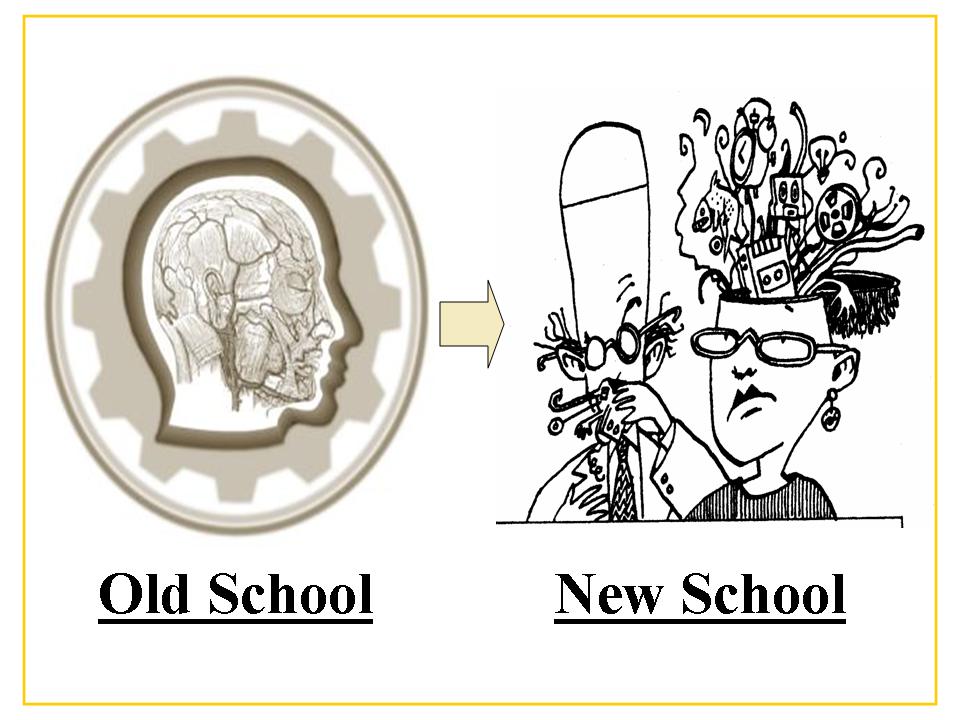So as I was writing up the final Armies in 5th post for Dark Eldar (it'll be up soon...) I realised how different the Armies in 5th articles are for the old books compared to the new. Even the 'good' old books which can work well with a certain build(s) are easily distinguishable from the new books in how they are reviewed within the Armies in 5th articles. The Armies in 5th articles were designed to look how armies are designed relating to 5th edition concepts and how this relates to their gameplay on the table. One of the key components of these articles was to identify the commonly held opinions of the army and identify potential issues with these opinions in relation to their actual gameplay. This concept was much easier to apply to older armies like Chaos, Tau and Orks compared to the newer armies of Tyranids, Blood Angels and Dark Eldar.
The most obvious is the older a book is, the longer people have to form opinions about it. This is amplified by the edition change from 4th to 5th as there was minimal paradigm shift in opinions towards old books even though rules had changed and this affected army gameplay. This led to strong opinions and easily identifiable concepts on which to write articles and analysis on. These concepts were also very identifiable with certain units within the army because of the nature of older books. In older books such as Chaos or Tau, there are a very finite number of units which are actually viable and usually only one or two per FoC slot. This made it very easy to identify codex weaknesses, design flaws and how to fit the working pieces together. When you compare this to the new books, well things are staggeringly different.
Rather than having one or two choices per FoC which are good, many new books have one or two choices per FoC to do a specific role and may have as many as four or five good choices in total per FoC. Although Tyranids and Space Marines are probably the two worst in this regard relating to the latest book releases, they are still miles ahead of the older books because of the vast array of choice in each FoC a potential player has. When writing the Armies in 5th articles relating to the new armies, it was much harder to identify areas of discussion relating to specific units as was done for the older books. In the older books, these identified units were often the concept trying to be discussed whilst in the new books, it's the concept rather than the unit that is the core part of each article. Again, what makes this distinction is the array of choice the new books have in comparison which allows many units to overlap in roles to a certain extent. Whilst there are very few units which both do A and only A and one unit is better (this would be bad codex design as why would we take the unit which does A worse?) this is a massive step forward in codex design and the new Dark Eldar codex raises the bar even higher for the future.
What this boils down to is the new books aren't being defined by their units; rather they are being defined by the concepts written into the codex.
Anyway, just some food for thought as I think most of us know this but the above line just feels like it explains the difference between the new and old books quite well.


